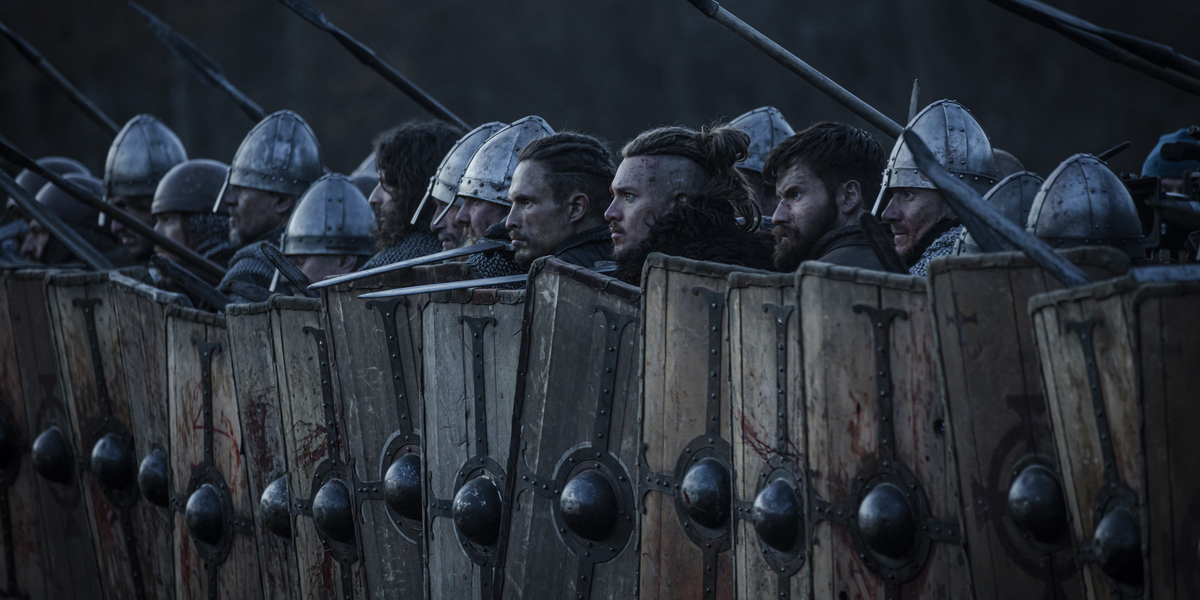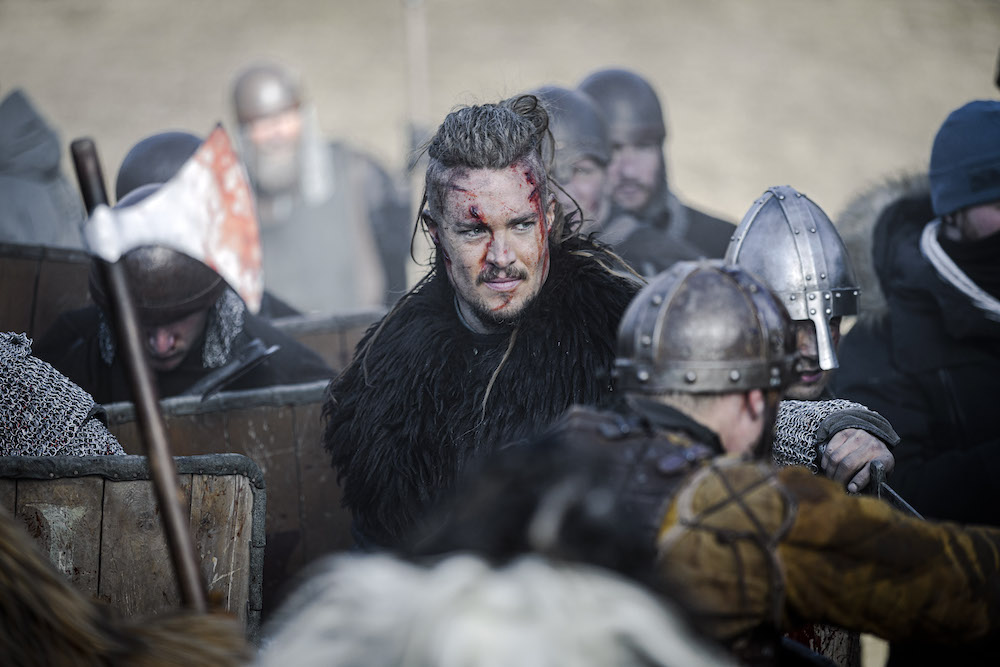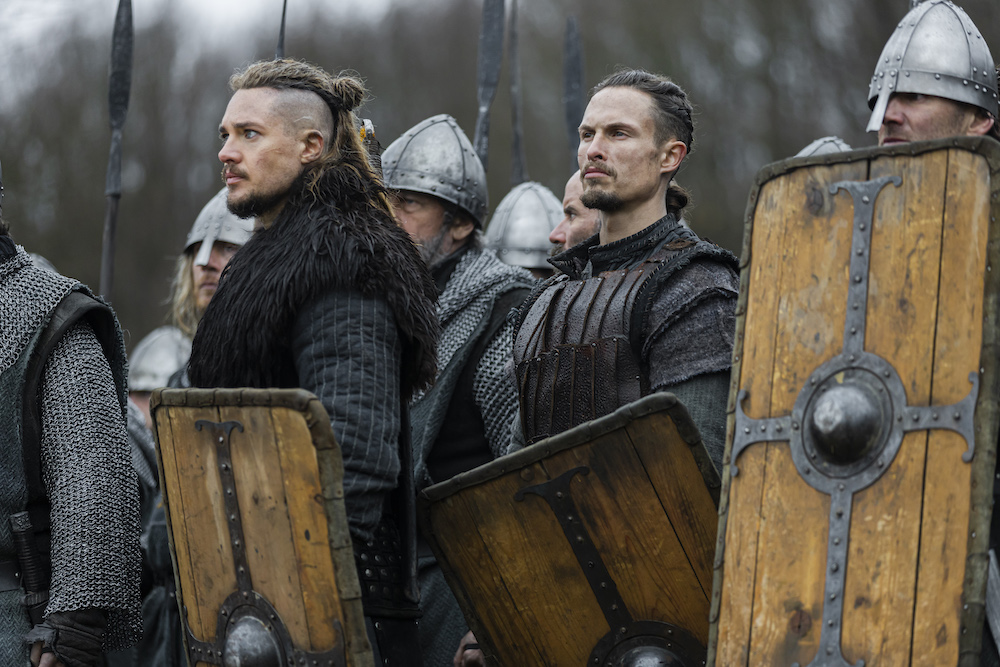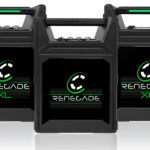
The Last Kingdom: End of the reign
Posted on Jun 30, 2023
The Last Kingdom: Seven Kings Must Die aims to tie up all the loose ends posed by the conclusion of Season 5. However, making a film instead of a sixth series creates some battles
WORDS Robert Shepherd | IMAGES Netflix
For those who were disheartened by the absence of a sixth series of The Last Kingdom, rejoice. In Season 5, Uhtred’s profound odyssey comes full circle as he reaches the very place where it all began – his rightful inheritance, the ancestral land of Bebbanburg, which was snatched away from him many years ago by his duplicitous uncle Aelfric, and subsequently claimed by his callous cousin Wihtgar.
However, instead of tying things up with a sixth season, it was decided to end the epic tale in a movie.
“The producers felt there was still one last great Uhtred tale to tell, so they got the gang back together,” explains Luke Bryant, cinematographer on The Last Kingdom: Seven Kings Must Die.
“As this was likely to be Uhtred’s last journey, we tried to raise the stakes as much as possible, both narratively and aesthetically. I’d worked with producer Mat Chaplin previously and we’d wanted to work together again. Mat got me in for a chat with director Ed Bazalgette and we hit it off immediately. The script itself was based on the final few books of The Saxon Stories by Bernard Cornwell.”
Deciding on the right kit is usually a subjective exercise, but one key discussion was on how to remain true to the visual grammar of the TV show, while also broadening and deepening the palette of the film. For that reason, the team decided to shoot with large format anamorphic Cooke lenses, on the Alexa LF.
“The wider aspect ratio of anamorphic gives us an epic canvas – a more cinematic feel. Anamorphic lenses tend to flare more than spherical lenses and that really helps a show like The Last Kingdom, where that sense of having organic texture, a rootedness in the period of the Saxons, is key to our sense of time and place,” Bryant explains. “We always wanted a haziness to the image, like you’re seeing everything through the gauze of smoke and steam. You also get such painterly bokeh with the Cooke lenses, so even in a close-up with shallow depth-of-field, the way backgrounds are rendered is beautiful. I guess technically, anamorphic lenses are dual-node (where the light beams converge when going through the lens), whereas spherical lenses are single-node, and that gives anamorphic such a three-dimensional quality. We shot tests comparing the different formats and large format anamorphic blew us away.”
HEAVY REIGN
Good news on the tech front, but there was a major hurdle that presented itself – inclement weather. The final battle was shot over the course of eight days for the main unit, often with four cameras plus a drone, so maintaining lighting continuity over it all was tricky to say the least.
“One day we had snow, wind, rain, sun and sleet all within a few hours,” Bryant recalls. “Obviously, front-lit sun is your enemy when you’re trying to create an interesting image, so we were constantly using textiles to soften it, but with the remoteness of the location and the wind, we were fairly limited to the size of textile we could use. Our gaffer and electrical team did a brilliant job and we smoothed out any changes in the grade – I think we just about got away with it.
“It was a tricky balancing act staying true to the visual DNA of the show while taking it to a level reflecting the demands of a feature film,” says Bryant, though he was happy with what the team achieved.
“I’m also really proud of the way we balanced the cinematography of the battle scenes against the narrative scenes,” he continues. “You’re always looking for a sense of a narrative arc in a feature; you want the visual style to develop throughout the film as it mirrors the protagonist’s journey.”
For example, during filming, Bryant gradually changed the filtration he was using, as well as the shutter angle, so by the time it got to the final battle scene there was zero filtration in the camera and he was using a 144° shutter.
“This gave the battle scene imagery more bite, more immediacy and made it a more kinetically immersive experience for the audience,” Bryant explains. “Early on, we have a scene where we see the antagonist start to exert control, and I was pleased with how we lit him, using chiaroscuro with a high lighting ratio across the face, to suggest the hidden nature of his dark machinations.”
This article continues in the July 2023 issue of Definition. Read the full story here.










